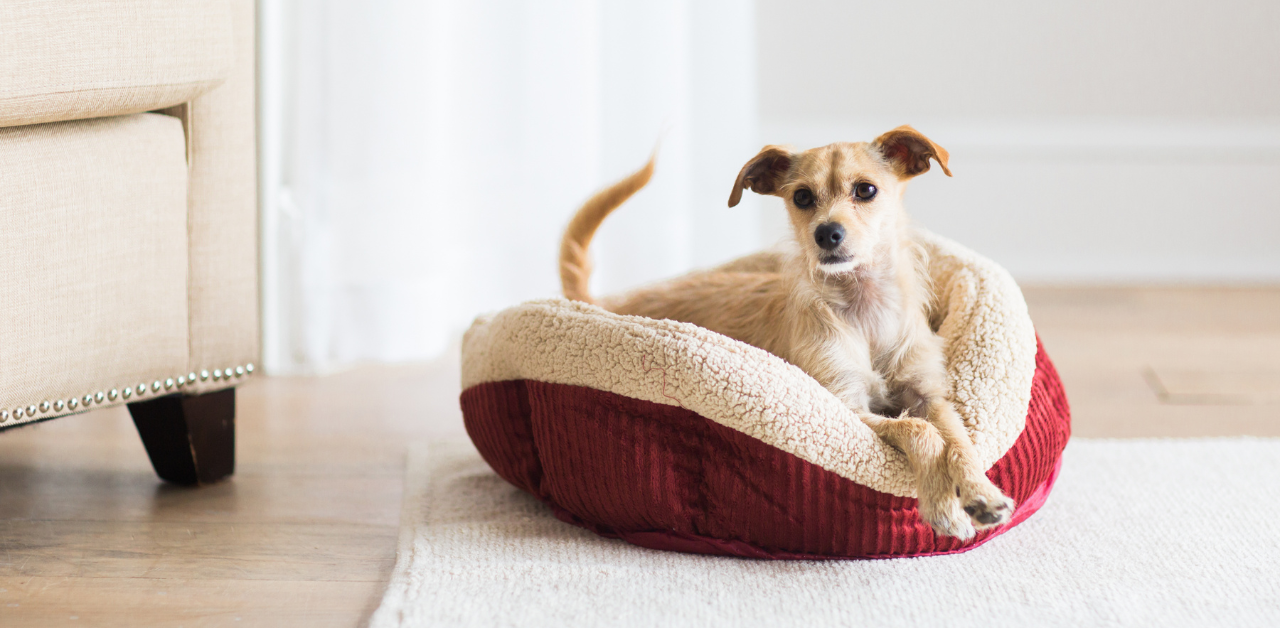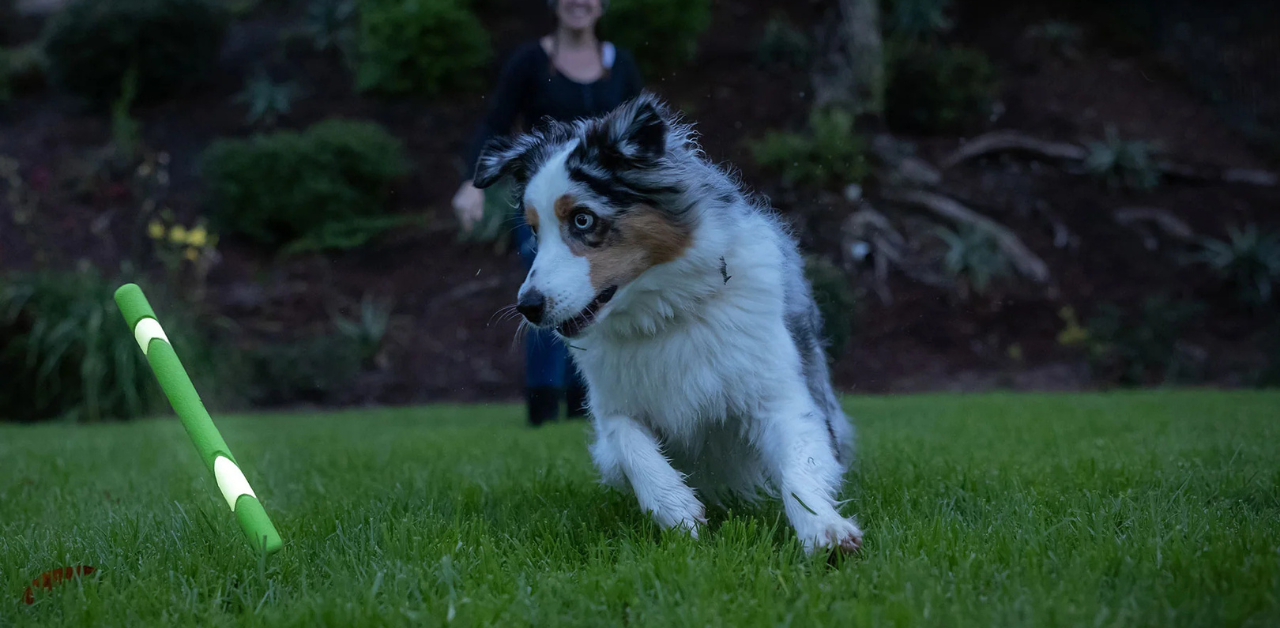Teaching a Dog To Swim in Your Pool

Swimming is great fun for dogs, and your swimming pool can be a fantastic place to cool off and play. But not all dogs are natural swimmers. Teaching your dog to swim safely involves patience, gentle encouragement, and a positive experience. Here's how to help your dog learn to enjoy swimming at their own pace, keeping their safety and comfort in mind.
Step-by-Step Guide to Teach Your Dog to Swim
1. Familiarize Your Dog with Water Early
Introduce your puppy or young dog to water at an early age. Dogs learn best when they're comfortable, so begin slowly in shallow water or a baby pool to help them gain confidence. Keep initial swimming sessions short so your pup associates the experience with great fun.
2. Gradual Entry is Best
Use pool steps or gently sloping entry points to ease your dog into the water. Don't force them—let your dog enter at their own pace. Encourage them gently, rewarding them with treats or praise to create a positive reinforcement. Consider using a Chuckit! Treat Tote to conveniently reward your dog during training.
3. Provide Support and Extra Buoyancy
Not all dogs naturally stay afloat. A flotation device, also known as a life jacket, provides extra support, which is especially important for senior dogs, smaller breeds, or dogs new to swimming. It helps them paddle with more confidence without gulping too much water.
4. Use Toys to Make Swimming Enjoyable

Introduce water-friendly toys to turn swimming lessons into enjoyable playtime. These products from Chuckit! are ideal:
- Chuckit! Ultra Squeaker Ring – Fun, squeaky toy that floats.
- Chuckit! Amphibious Tri-Bumper Fetch Toy – Durable, easy to grab, and perfect for water fetch.
- Chuckit! Ultra Flight – Frisbee-style toy that flies far and floats, keeping your dog entertained and motivated to swim.
Playing with toys helps your dog associate swimming with excitement and positive experiences.
5. Monitor Water Temperature and Pool Conditions
Always ensure your pool water is comfortable—not too cold or hot. Dogs are sensitive to extreme temperatures, which can impact their comfort and well-being. Also, make sure your pool water is safe, properly treated, and free from excessive chlorine or other chemicals that might irritate your dog's skin or eyes.
6. Teach Your Dog to Exit Safely
Train your dog to use the pool steps to exit safely, ensuring they never panic in deeper water. Guide them to the shallow end repeatedly so they instinctively know where to swim if tired or stressed.
7. Regular Breaks and Hydration
Always provide a water bowl nearby. Dogs can tire quickly and accidentally swallow pool water, so fresh drinking water prevents dehydration and health issues.
Why Teaching Your Dog to Swim Matters
Swimming is an excellent form of physical activity for dogs of all ages. It’s low-impact especially good for senior dogs, puppies, and adult dogs with joint issues. Teaching your dog to swim safely also prevents accidents, ensuring they can safely exit the pool or natural bodies of water such as ponds or lakes. Benefits include:
- Better overall health and fitness.
- Cool relief during hot weather.
- Reduced risk of water-related accidents.
Common Mistakes to Avoid
- Forcing Your Dog into the Pool: Allow your dog to approach swimming at their own pace. Forced entry creates fear and anxiety.
- Long Initial Sessions: Short and positive swimming sessions keep your dog comfortable.
- Ignoring Dog's Body Signals: Watch for fatigue, stress, or discomfort. Your dog's safety depends on your attentive response.
Special Considerations by Age and Breed
Puppies and Young Dogs
Start training early but keep sessions brief. Puppies tire easily and need additional support in the water.
Adult Dogs
Adult dogs new to swimming need a gradual introduction and positive reinforcement. Encourage gently, and watch their comfort level closely.
Senior Dogs
Senior dogs benefit greatly from swimming due to its low-impact nature. Provide them with flotation devices and gently support their bodies until they are confident.
Pool Safety Measures for Dogs
Maintaining pool safety prevents accidents and potential hazards:
- Supervise closely at all times, even after your dog becomes a confident swimmer.
- Install a fence or gate to restrict unsupervised access.
- Remove pool covers entirely when dogs swim to avoid entrapment risks.
- Regularly check water conditions to keep chemicals balanced and safe for your dog's skin and eyes.
Signs Your Dog Is Ready for Swimming Without Support

Recognize these signs to see if your dog can swim independently:
- Confidently enters water without hesitation.
- Swims calmly and maintains balance.
- Knows how to find the pool steps independently.
- Enjoys playing and fetching toys in deeper water.
When your dog demonstrates these behaviors, they're likely ready to enjoy swimming on their own, though supervision remains important.
Regular Maintenance of Your Pool for Dogs
Maintain pool hygiene to keep swimming safe and healthy:
- Regularly check chemical levels.
- Skim and clean the pool to remove dog hair and debris.
- Provide fresh drinking water in a water bowl nearby to discourage drinking from the pool.
Making Swimming a Regular Activity
Swimming is an excellent physical activity for your dog’s fitness. It can become a regular part of your dog's routine:
- Schedule consistent swimming sessions.
- Keep the environment positive with praise and treats.
- Observe your dog's comfort level and adjust sessions as needed.
Over time, swimming becomes natural fun for your dog, providing great exercise and mental stimulation.
Enhancing Your Dog’s Pool Experience
Teaching your dog to swim safely turns your pool into a spot of fun and healthy physical activity. Whether you're introducing a puppy or assisting senior dogs, always remember the importance of gradual entry, positive reinforcement, and vigilant supervision.
Incorporating quality pet accessories from Petmate, a trusted provider of premium pet supplies and accessories, ensures your dog’s swimming experience is not only enjoyable but safe and rewarding.
Previous article

Next article

Related posts
View all-

Do Dogs Get Lonely if There Is Only One Dog
Most dogs can feel lonely if there is only one dog in the house. They are pack animals descended from wolves. This means they have instincts that push them to connect with friends or family. When they live as the only dog, they may experience loneliness if they do not receive enough attention.
Read Article -

Welcoming a New Dog into Your Home
Bringing a new dog home is an exciting time for you and your family members. This event can inspire a sense of unity among everyone in the household, whether your new pet joins an older dog or is the only dog in the house.
Read Article -

Choosing the Right Toys for Your Dog
Finding the right toys for your dog is more than just picking something off the shelf. The right toy supports your dog’s health, behavior, and overall happiness. With so many types of dog toys—chew toys, plush toys, squeaky toys, tug toys, and more—knowing what to choose can be the difference between safe, enriching play and unwanted risks.
Read Article



